Dhaka, Oct 14 (V7N): The world’s 26 poorest economies are facing their largest debt burden since 2006, according to a new World Bank (WB) report released on Sunday. Government debt in these nations, which together account for roughly 40 percent of the global population, has now risen to an average of 72 percent of their GDP, marking an 18-year high.
Concurrently, the share of international aid they receive in relation to their economic output has dropped to its lowest point in two decades.
"There is much that low-income economies can—and must—do for themselves," said World Bank deputy chief economist Ayhan Kose, adding that they also require more substantial external support.
Many low-income economies borrowed heavily during the COVID-19 pandemic, which led to a tripling of their primary deficits. The Bank noted that many of these countries have struggled to fully reverse these deficits.
Currently, nearly half of the 26 poorest countries are either experiencing debt distress or are at high risk of it—double the figure reported in 2015.
The report highlighted that the International Development Association (IDA), the WB’s concessional lending arm, provided "nearly half" of the development aid these economies received from multilateral organizations in 2022.
“At a time when much of the world pulled back from helping the poorest countries, IDA has been their primary lifeline,” said World Bank chief economist Indermit Gill. However, Gill emphasized that to move beyond a state of constant crisis and achieve key development objectives, these countries must significantly accelerate their investment efforts.
END/MSS/RH



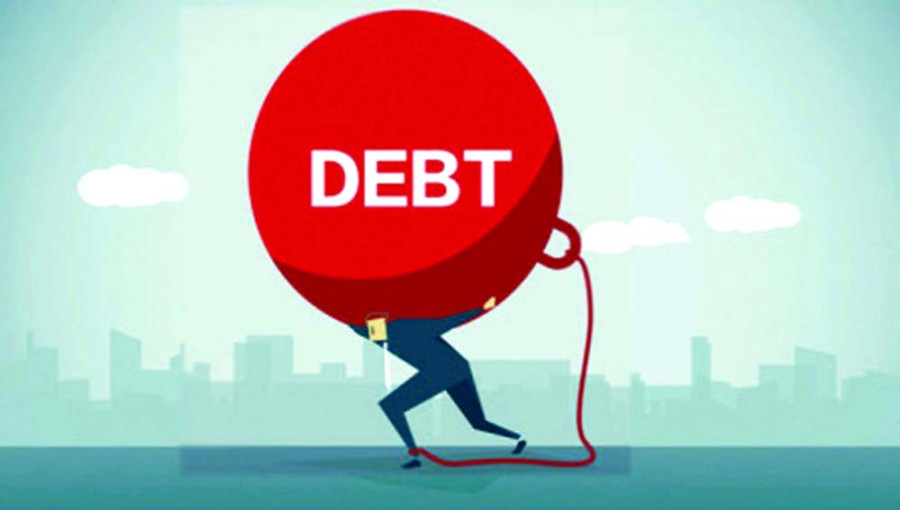

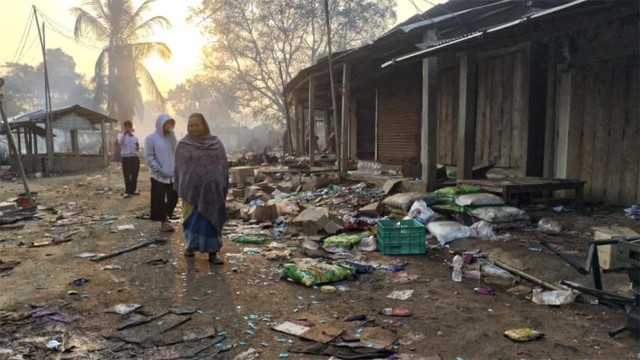








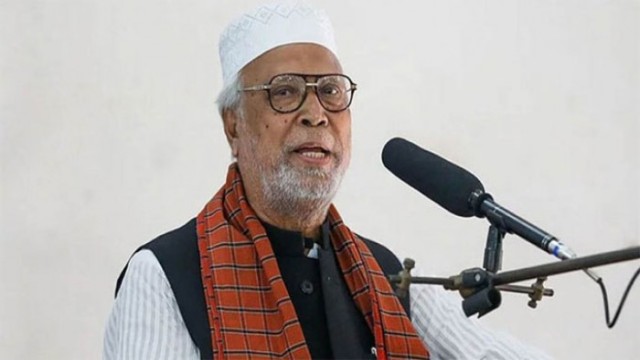


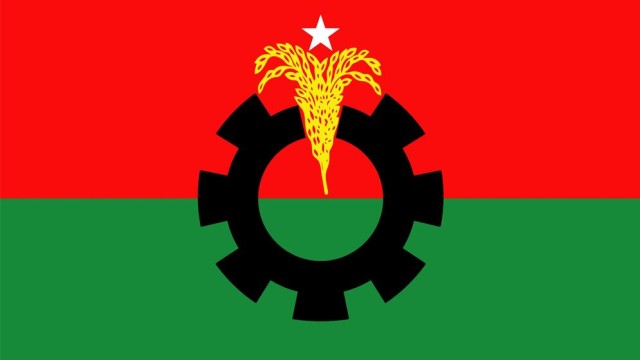
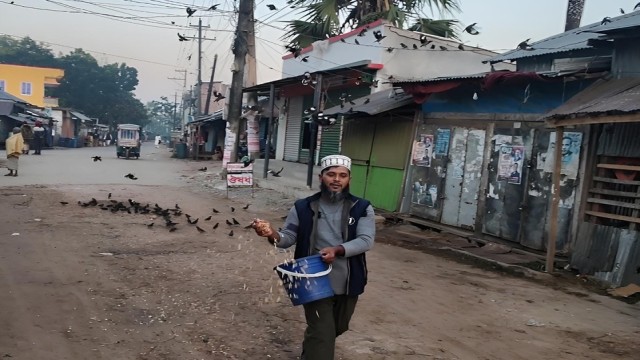








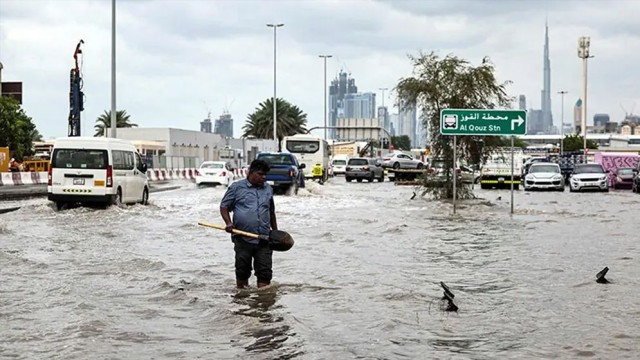
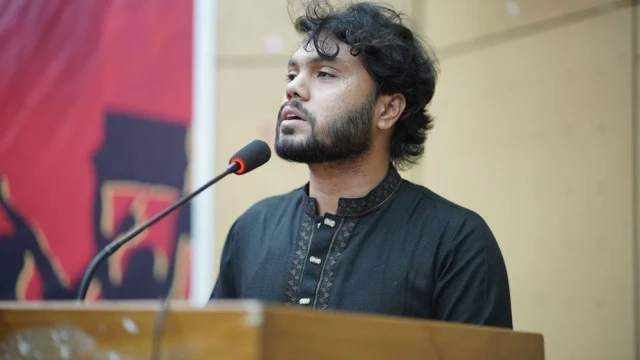


Comment: